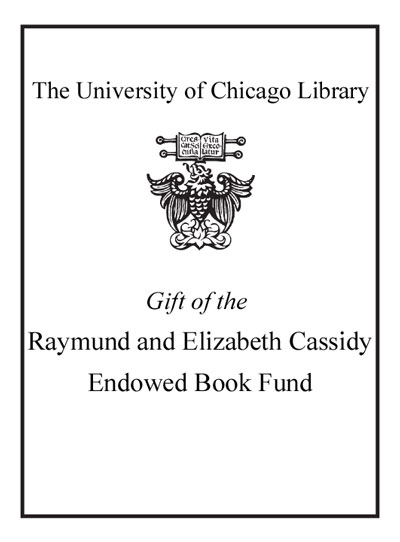Every kid a writer : strategies that get everyone writing /
Saved in:
| Author / Creator: | Boswell, Kelly, author. |
|---|---|
| Imprint: | Portsmouth, NH : Heinemann, [2021] |
| Description: | xiv, 178 pages : illustrations (chiefly color) ; 24 cm |
| Language: | English |
| Subject: | |
| Format: | Print Book |
| URL for this record: | http://pi.lib.uchicago.edu/1001/cat/bib/12666849 |
Table of Contents:
- Foreword
- Acknowledgments
- Chapter 1. The Shrug, the Slump, and the Sharpening of Pencils
- Let's take a glimpse at what it looks like in a classroom when kids aren't excited about writing and then consider a few truths about writing and writers.
- Chapter 2. Use Mentors and Modeling to Fuel Engagement
- Writers benefit when someone shows them how to wrangle their thoughts into writing.
- Chapter 3. Create a Safe and Daily Space for Writing
- If providing a safe and daily space is helpful-and maybe even necessary-for those who write with enthusiasm and energy, how much more helpful (and necessary) is it for those who approach writing with apprehension?
- Chapter 4. Expose Writers to Real Readers
- When we invite students to do the real work of writing-writing for readers who matter to them-energy and engagement soar.
- Chapter 5. Offer Choice
- When we are given choices, instead of being told what to do, we feel empowered and respected. The same is true for our young writers!
- Chapter 6. Maintain a Healthy Perspective on Conventions
- Our challenge as teachers of writing is to strike a healthy balance between teaching conventions and overemphasizing them.
- Chapter 7. Shape Writing Identity Through Assessment
- What if we stopped viewing ourselves as the corrector-in-chief and instead approached students' writing with a marveled curiosity?
- Chapter 8. It Starts with Us
- As we launch into this work, let's consider a few things we can do as teachers of writing to reignite our own energy and joy.
- References

